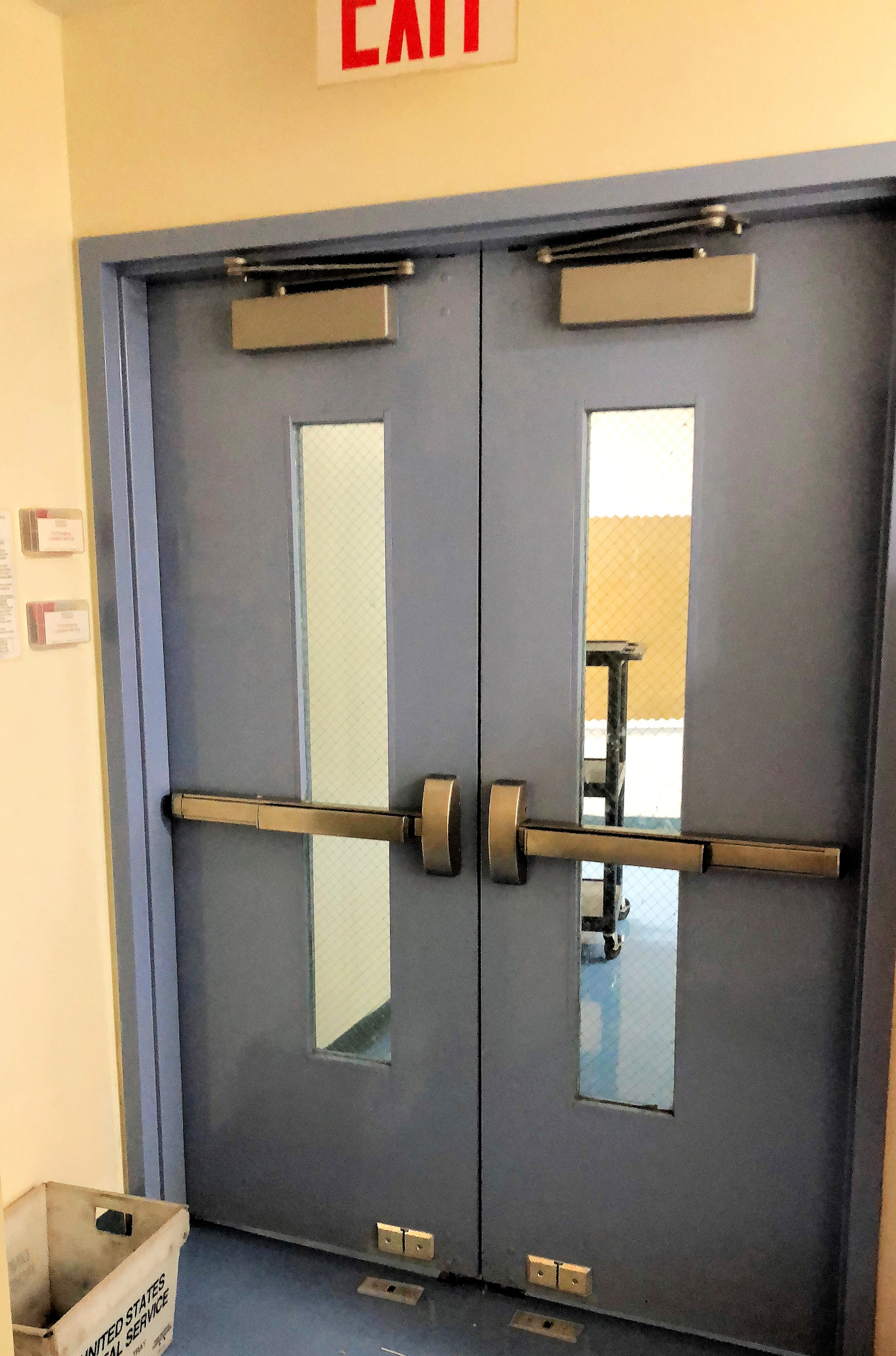
The barricade devices in the plastic boxes mounted on the wall beside these doors could be put in place by an unauthorized person, trapping occupants and delaying or preventing access by emergency responders.
A couple of months ago, I wrote about a bill in Michigan’s state legislature that would expand the use of classroom barricade devices in the state. Although barricade devices that were not compliant with the model building codes, fire codes, and accessibility standards were already allowed in Michigan, their use was limited to doors serving classrooms with a calculated occupant load of less than 50 people. Michigan House Bill 5701 removed the 50-occupant limitation, to allow barricade devices to be installed on doors serving assembly spaces such as gymnasiums, cafeterias, libraries, and auditoriums.
The thought of a barricade device being added to a door equipped with panic hardware is a safety violation that keeps me awake at night. Prior to the invention of the first panic hardware more than 100 years ago, many lives were lost when people could not easily escape during a fire or other emergency. The model codes clearly state that when a door is equipped with panic hardware, pushing the touchpad or crossbar must unlatch the door to allow egress. Current codes also require locked classroom doors to be able to unlocked from the outside with a key, credential, or other approved means. This helps to ensure that school staff or emergency responders can enter the room if assistance is needed. Many barricade devices make it difficult or impossible to enter from the outside, in addition to affecting egress and evacuation.
Organizations representing school safety advocates, fire marshals, and the security industry informed Michigan legislators about the dangers of classroom barricade devices that do not allow free egress and/or do not comply with federal accessibility guidelines. Nevertheless, House Bill 5701 was approved by the state’s House of Representatives and Senate, and signed into law.
~~~
Security Magazine – Michigan door barricade bill puts K-12 schools at risk
The Michigan House of Representatives and Senate have passed a bill allowing the installation of temporary door locking devices in the state’s schools. Although House Bill 5701 aims to “act to promote the safety, welfare and educational interests” of Michigan school communities, some security leaders have identified safety risks of the door barricade technology allowed by the bill.
The bill has been passed despite letters of opposition from the Security Industry Association (SIA), the Partner Alliance for Safer Schools (PASS), and the National Association of State Fire Marshals (NASFM).
~~~
On March 8, 2022, the Security Industry Association (SIA) circulated a letter to the chair of Michigan’s Senate Committee on Education and Career Readiness expressing concerns with HB 5701, which would amend the state’s law to allow public schools to use “temporary door barricade devices” throughout school buildings, in addition to classrooms.
“It is essential that all buildings with large capacity, rooms, such as classrooms, can be locked from the inside, as a basic protection for occupants in the event of an emergency,” said SIA in the letter. “However, we agree with school safety organizations, code experts and K-12 security staff around the country who oppose the use of products called ‘door blockers,’ ‘secondary locking devices’ or ‘temporary barricade devices.”
~~~
Campus Safety – Opinion: Did Michigan’s New Door Barricade Device Legislation Just Empower Bullies?
Secondary door barricade devices, like those specifically called for in the Michigan bill, do just the opposite. They are slower to deploy than traditional locks, prevent quick exiting, violate the ADA by ignoring the needs of our most vulnerable children, and do not allow speedy entry of first responders and/or administrators via a traditional key. They can be as dangerous as chains and padlocks blocking exit doors.
It’s not hard to imagine that a person wanting to inflict harm could figure this out when planning an attack. Perhaps that bully wants to assault a fellow student, or utilize a room to create an explosion or fires, or even take a classroom hostage with a weapon. What would have once been an emergency with door locks would now become a nightmare with a door barricade. Without a keyed entry like those provided by locks, it will take crucial and long minutes for first responders to breach the door.
You need to login or register to bookmark/favorite this content.

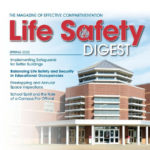
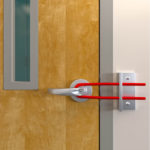
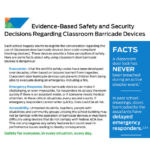
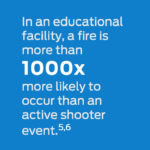




As someone else said “where are we going in this handbasket?”
One almost wants to say, perhaps these legislators should be locked in a room with no keys to get out.
This is proof that elected officials do NOT have our best interest at heart. Somebody was able to line someone else’s pockets. How could anyone sit on a board and agree to risking the lives of innocent children after hearing all of the arguments?
This is ridiculous. It seems that these people are not even reading the rules that are in place and doing whatever is put in front of them. I really hope that the “Bad guys ” don’t figure this out and end up injuring or killing kids in their “safe” classroom.
This, unfortunately is typical response from a lot of politicians today.
They refuse to listen to science and insist on dealing with the fallout from a problem rather than working to come up with an actual solution.